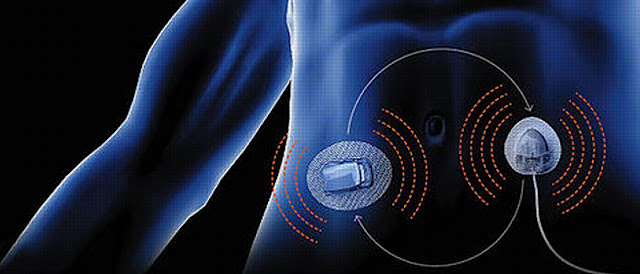The Magic of Emulsifiers: Creating Perfect Blends and Textures
 |
| Emulsifiers |
Emulsifiers are food additives that the Food and Drug Administration has allowed. They aid in the blending of goods that contain immiscible food ingredients, such as oil and water. Many pre-packaged and processed foods, such as mayonnaise, margarine, meats, ice cream, salad dressings, chocolate, peanut butter, and other nut butter, shelf-stable icing, cookies, crackers, creamy sauces, bread, baked goods, and ice cream, contain emulsifiers. Any of the many chemical additives that aid in the suspension of one liquid in another, such as the combination of oil and water in margarine, shortening, ice cream, and salad dressing, are known as emulsifiers. Align, carrageenan, and agar are only a few of the emulsifiers made from algae. Lecithin, like those in egg yolks, is additionally employed as an emulsifying agent.
The global emulsifiers market was valued at US$ 5.4 Billion in 2021 in terms of revenue, exhibiting a CAGR of 5.5% during the forecast period (2022 to 2030).
An emulsifying agent's basic structure consists of a hydrophobic component, typically a long-chain fatty acid, and a hydrophilic component that can be charged or uncharged. A dispersion of tiny oil droplets is created when the hydrophobic and hydrophilic parts of the emulsifier dissolve in the oil and aqueous phases, respectively. Thus, emulsifiers create and maintain oil-in-water emulsions (such as mayonnaise), evenly distribute oil-soluble flavourings throughout a product, stop huge ice crystals from forming in frozen products (such as ice cream), and enhance the volume, uniformity, and fineness of baked goods.
Stabilizers are compounds that keep an emulsion in place, and they are closely connected to Emulsifiers. Texturizers and thickeners, which give sauces and other liquids body, can also help food products have a better consistency. These diverse additions have two functions: they increase food's appetizing properties (i.e., shelf life) and improve its consistency and appearance.
An
emulsifier for food, also known as an emulgent, is a surface-active substance
that forms a boundary between two immiscible liquids, such as oil and water, to
enable the blending of the two to form stable emulsions. Additionally,
emulsifiers lessen stickiness, regulate crystallization, and avoid separation.
Emulsifiers
may include those created artificially or organically. Hydrocolloids are a class of
emulsifiers that are widely utilized nowadays. Hydrocolloids are commonly
referred to as "gums" because of the texture and consistency they
provide food. They act as thickening agents and maintain the structure,
texture, flavor, and shelf life of a variety of food products. Emulsifiers
derived from plants, animals, and aquatic sources are considered hydrocolloids.
Locust bean gum, carrageenan, pectin, and starch are examples of plant-based
hydrocolloids, while chitosan, derived from crab shells, is an example of an
animal-based hydrocolloid. Hydrocolloids like xanthan gum can also derive from
microbiological sources.



Comments
Post a Comment